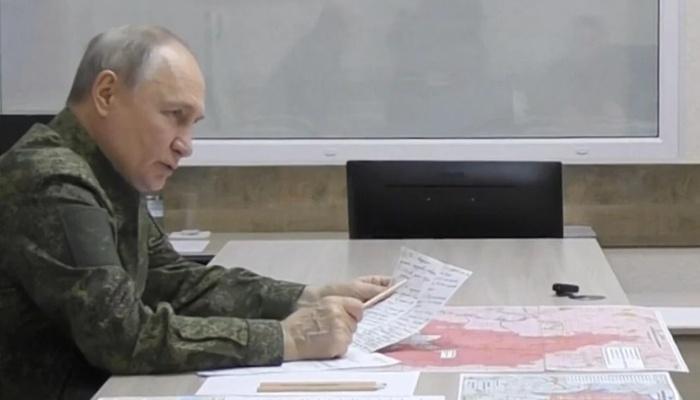The Libyan Maze. The path to elections and the future of the reconciliation process
Since August 26, Tripoli has witnessed violent clashes between rival militias until UN brokered a fragile ceasefire on September 4. The dynamics and root causes of these clashes effectively sum up the main vulnerabilities of the Libyan reconciliation process. In fact, the struggle for control of the capital is not just a local contest, nor it is related only to dynamics inherent to a single region such as Tripolitania. On the contrary, it is rooted in different levels of the multi-layered Libyan conflict. Since 2014, when the institutional split between Tripoli and Tobruk emerged, and consequently two broad armed coalitions materialized (Libya Dawn in the west and General Haftar’s Libyan National Army in Cyrenaica), this conflict has played both on the military and the internal political level, and it has incessantly involved other regional and international players.









